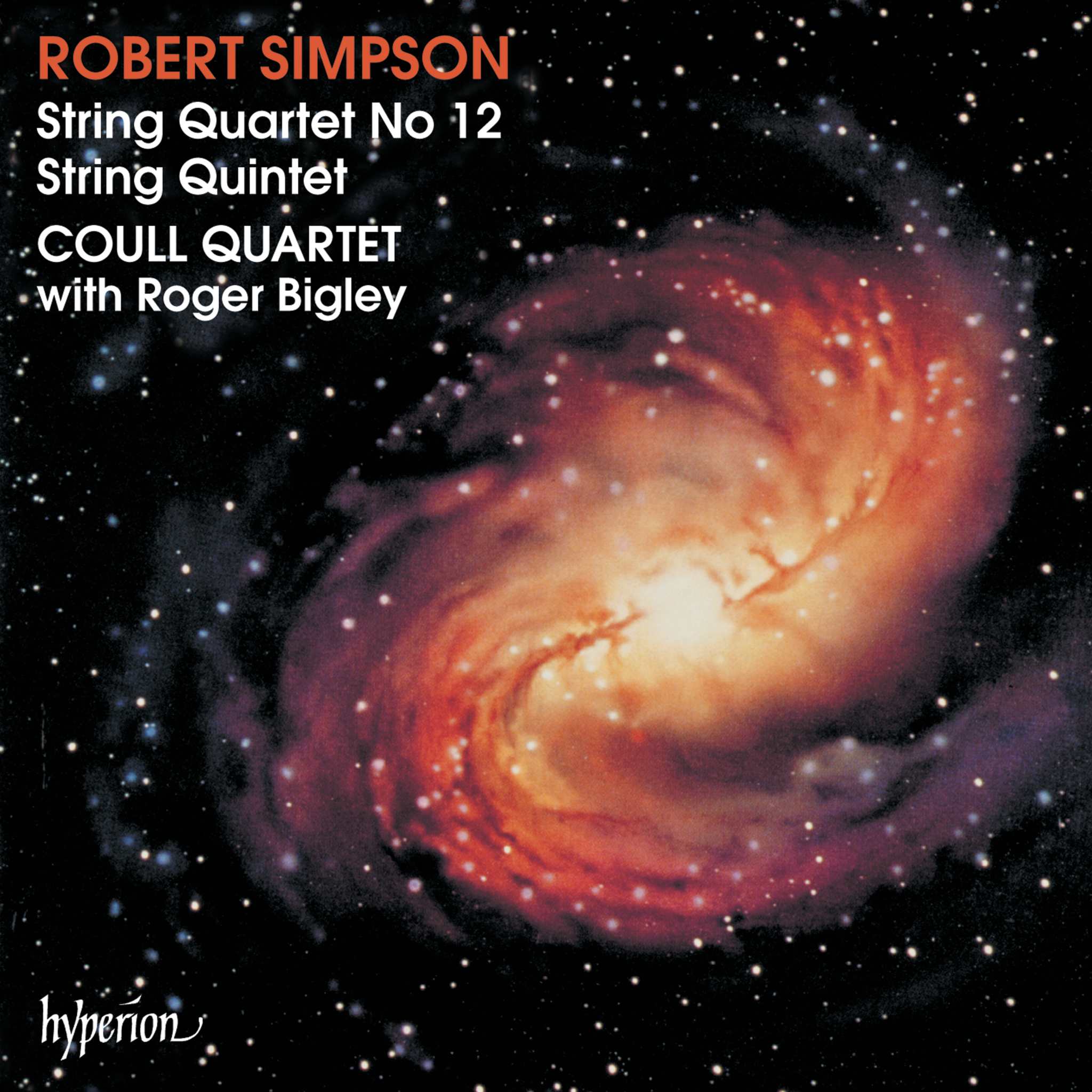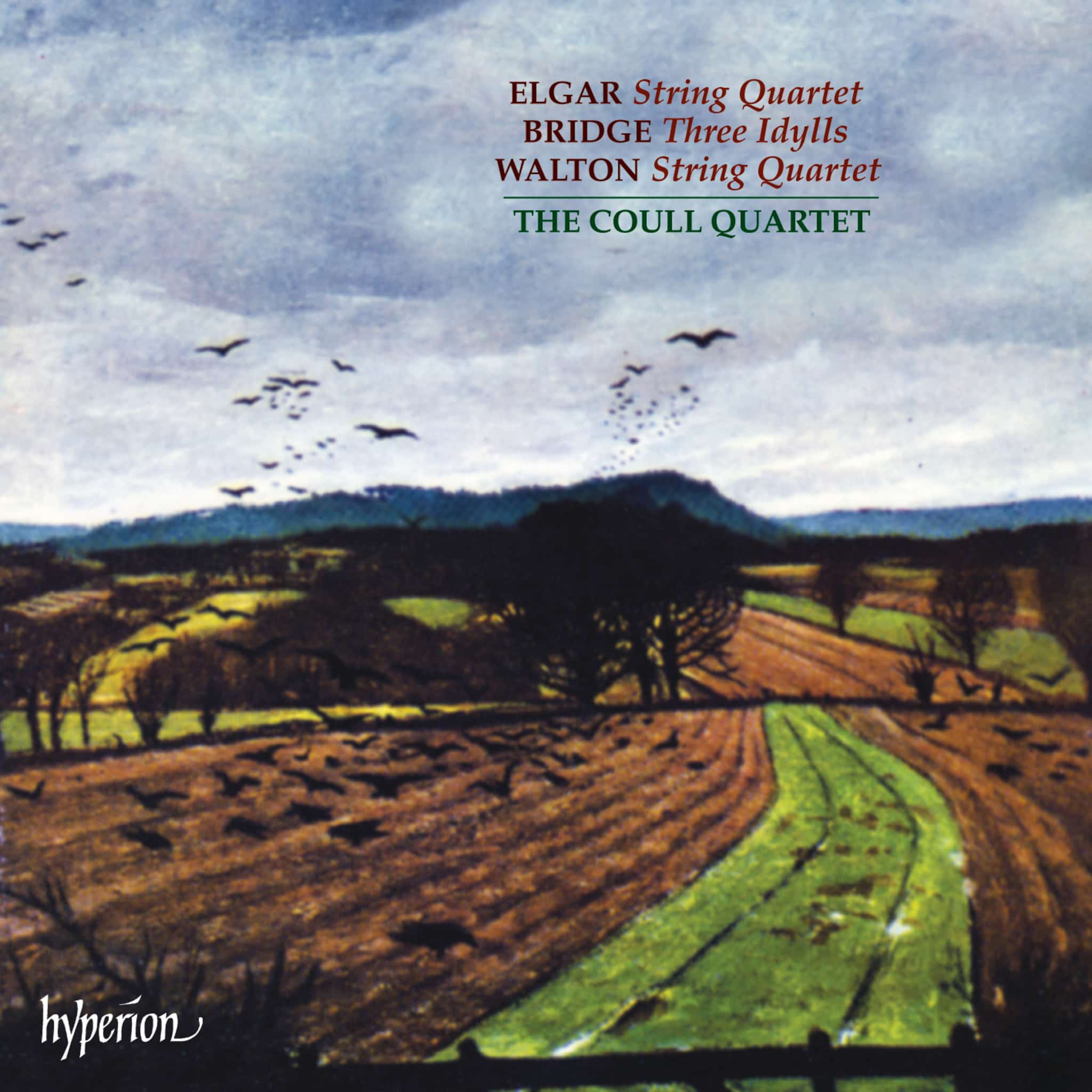Album insights
Die englische Gesellschaft des 16. Jahrhunderts, besonders während der 1550er Jahre, war von starken politischen und religiösen Umbrüchen geprägt. Nach der Herrschaft von Eduard VI. übernahm Maria die Krone und verfolgte eine strikte Rückkehr zum Katholizismus, was zu wirtschaftlichen und diplomatischen Problemen sowie Widerstand in der Bevölkerung führte. In dieser turbulenten Zeit übte die Musik einen großen Einfluss aus und regte zu neuen Kompositionsformen an. Ein zentrales Werk dieser Epoche ist Tallis’ „Missa Puer natus est nobis“, das mit innovativen Ansätzen in der musikalischen Gestaltung und der Verwendung von sieben Stimmen neue Maßstäbe setzte. Tallis verband darin Elemente englischer und spanischer Musiktraditionen, was möglicherweise auf die kulturelle Vielfalt und den Austausch jener Zeit hinweist. Frühe Werke Tallis’, darunter das Magnificat und das Benedictus, dokumentieren die Entwicklung seines Stils und seine Fähigkeit, sich den dominierenden musikalischen Strömungen anzupassen. Auch wenn diese Stücke nicht makellos sind, zeigen sie doch seine Kreativität und Vielseitigkeit. Weitere Kompositionen wie verschiedene Hymnen und Responsorien eröffnen einen Blick auf die künftige Entwicklung der Polyphonie und demonstrieren die stilistische Bandbreite in Tallis’ Schaffen. Seine Werke genossen hohe Wertschätzung, insbesondere bei seinem Schüler und Weggefährten William Byrd, was Tallis’ Bedeutung für die englische Musikszene jener Zeit unterstreicht. Die Kompositionen spiegeln die gesellschaftlichen und kulturellen Wandlungen des 16. Jahrhunderts wider und belegen eindrucksvoll die Innovationskraft dieser Ära. Die musikalische Entwicklung während Marias Regierungszeit war eng mit politischen Veränderungen verwoben. Trotz der Schwierigkeiten ihrer Regentschaft schuf Tallis herausragende Werke, die bis heute als bedeutendes kulturelles Erbe einer Epoche des Wandels und der Herausforderungen gelten und seinen nachhaltigen Einfluss auf die Musikgeschichte verdeutlichen.




